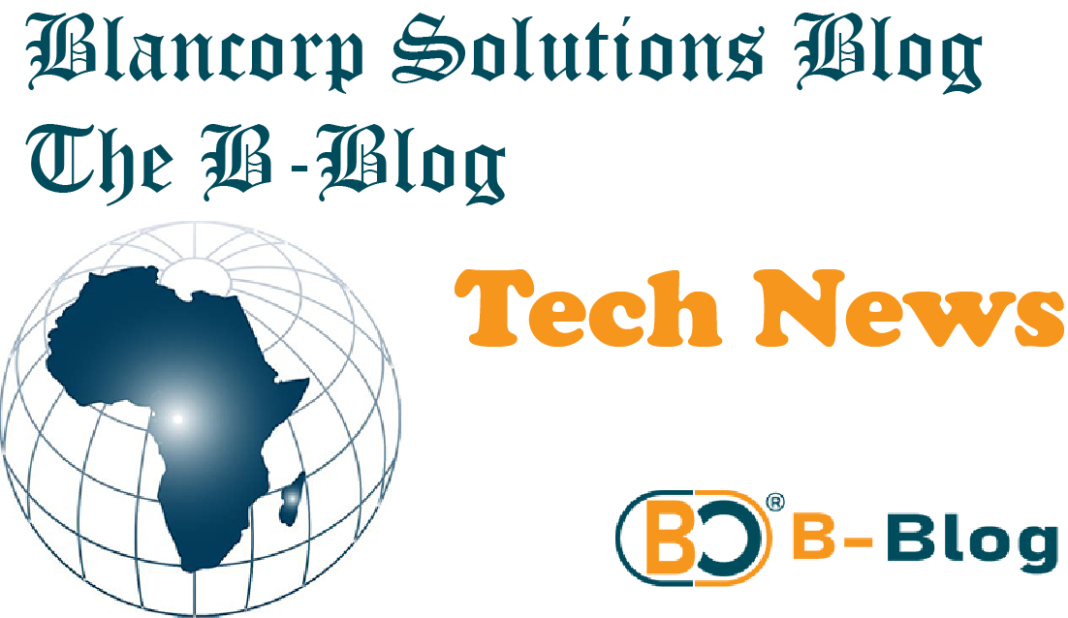Microsoft just made a significant move that changes how we think about protecting older systems. They introduced a free tier for Extended Security Updates (ESU), which are patches for outdated software that no longer receives regular updates. This matters because unpatched systems become easy targets for hackers.
For years, many organizations faced impossible choices. Upgrade entire systems at enormous cost or run vulnerable software. Schools in Kenya, small businesses in India, community health clinics across Africa often kept using outdated Windows versions because they could not afford new licenses or hardware. The security risks piled up while budgets stayed tight.
Now Microsoft offers qualified organizations free security patches through 2026 for certain older Windows versions. This targets educational institutions, non-profits, and small businesses globally. The relief is tangible for IT teams who’ve been patching holes with chewing gum and hope. One tech director at a Nigerian university told me they’ve been running unsupported Windows Server 2012 for three years because replacement costs exceeded their annual IT budget.
What makes this different from past programs is accessibility. Previous extended security updates required complex agreements and substantial payments. The free tier removes financial barriers through a streamlined enrollment process. Organizations simply need to verify their non-profit or educational status through Microsoft’s portal.
Here’s what you should do right now if managing older systems:
1. Inventory all devices running Windows Server 2012 R2, Windows 7, or other end-of-life Microsoft products
2. Check eligibility criteria on Microsoft’s ESU program page
3. Enroll qualified systems through the Azure portal before October 2025
4. Even if ineligible, use this as catalyst to prioritize system upgrades
Consider the Nairobi hospital that recently suffered ransomware attacks targeting their unpatched imaging systems. Such incidents don’t just disrupt services they endanger lives. This free update tier could prevent similar breaches where resources are scarce.
Of course, this isn’t permanent salvation. Eventually, hardware becomes too old for modern security demands. But it buys crucial time for organizations to plan proper upgrades. For many in developing regions, it might be the difference between operating securely and becoming another cyberattack statistic.
Microsoft’s decision reflects growing recognition that security can’t be luxury reserved for wealthy corporations. Vulnerable systems anywhere threaten everyone everywhere. As one cybersecurity colleague in Ghana put it, ‘When the least protected get shields, the whole village becomes safer.’
We should view this as temporary relief rather than long-term solution. Use the breathing room to develop concrete migration plans. Document all systems receiving updates, set expiration reminders, and explore open-source alternatives where feasible. The clock is still ticking, but at least more organizations now have a fighting chance.

